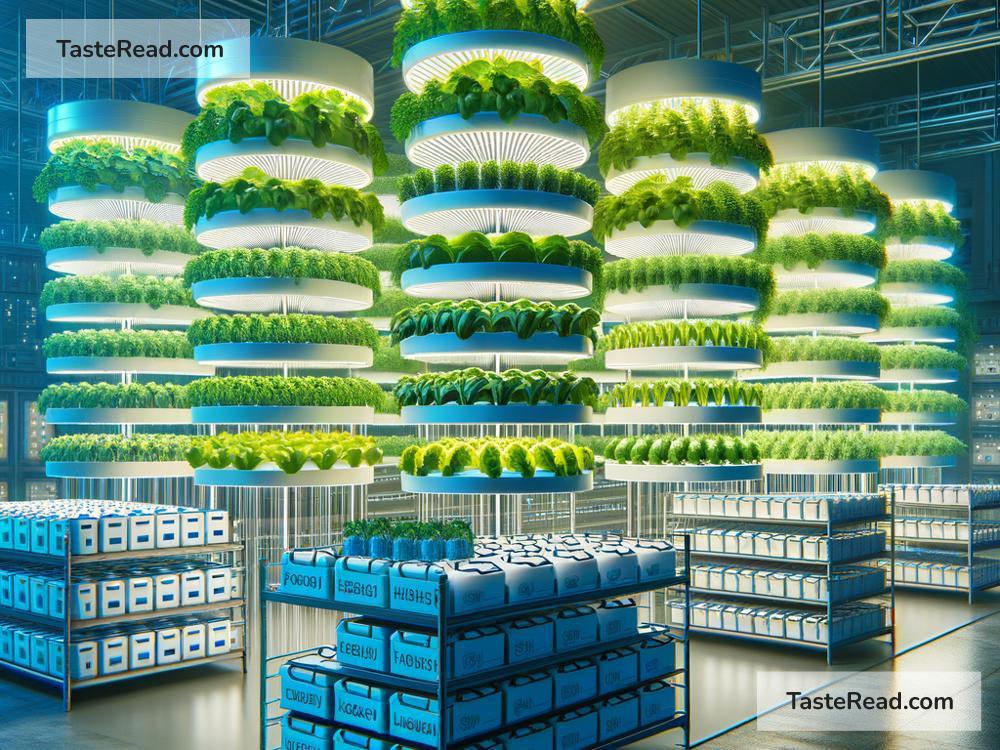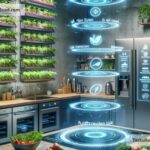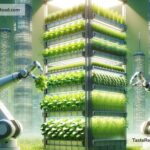The Future of Food and Disaster Preparedness: Building Resilience in Challenging Times
The food we eat is essential for survival. It nourishes our bodies, keeps us healthy, and gives us the energy to live our everyday lives. But have you ever thought about where food comes from and what happens when disasters strike? Natural disasters like floods, droughts, hurricanes, and even pandemics can disrupt food production and transportation, causing shortages and increasing hunger. In a world facing climate change, population growth, and global challenges, this problem may grow worse. Luckily, innovative ideas and smart planning can help us prepare for the future and ensure everyone has access to food during difficult times.
In this blog, we’ll explore the future of food and how disaster preparedness can help keep communities safe and fed, even in times of crisis. We’ll break it down in simple, easy-to-understand language.
The Growing Demand for Food
The global population is growing quickly. It’s expected to reach nearly 10 billion people by 2050. That means we need to produce more food than ever before. However, farming is already difficult due to challenges like extreme weather, soil degradation, water shortages, and pests. If we don’t find new ways to grow and distribute food, shortages could become more common, especially for people living in poorer regions.
On top of this, disasters such as earthquakes, floods, wildfires, or disease outbreaks can destroy crops, disrupt supply chains, and make it harder for people to access food. It’s clear that we need to plan ahead and invest in solutions that make food systems more resilient to disasters.
Future Food Innovations: A Glimpse Into Tomorrow
To address food shortages and improve disaster preparedness, scientists and farmers are designing exciting solutions to produce and store food efficiently. Here are some examples:
-
Vertical Farming: Imagine walls and towers filled with plants growing indoors. This is the idea behind vertical farming. These farms don’t rely on soil or sunlight. Instead, they use controlled environments with LED lights, nutrient-rich water, and advanced technology. Vertical farms can produce fresh vegetables year-round, even in crowded cities or areas with poor farmland.
-
Lab-Grown Meat: Traditional meat production uses a lot of land, water, and resources, and it releases greenhouse gases that contribute to climate change. Lab-grown meat, also known as cultured meat, is produced using animal cells in a lab. It’s a promising way to create sustainable meat without harming animals or the planet.
-
Plant-Based Proteins: Foods made from plants, like peas, soybeans, and lentils, are being turned into meat alternatives. These plant-based options use fewer resources and are already being used as substitutes for beef, chicken, and pork.
-
Solar-Powered Refrigeration: Storing food during disasters can become a problem, especially in areas without electricity. Solar-powered refrigerators are an eco-friendly way to keep food fresh and safe, even during power outages.
-
Smart Agriculture: Farmers are using drones, sensors, and artificial intelligence (AI) to monitor crops and design strategies for better harvests. These technologies can predict weather changes, control pests, and reduce waste.
-
Food Preservation Technology: Scientists are finding ways to package food so it lasts longer. Freeze-dried meals, vacuum seals, and advanced packaging materials help food stay fresh and safe for years.
Disaster Preparedness: Why It Matters
No matter how advanced our food systems become, disasters can still strike unexpectedly. That’s why it’s important to prepare our communities for emergencies. Disaster preparedness involves planning ahead to ensure that everyone has access to food, water, and other basic needs during tough times.
Here are some simple principles of food-related disaster preparedness:
-
Emergency Food Supplies: Families and communities should store non-perishable foods like canned goods, dried beans, rice, and pasta—foods that don’t spoil quickly. Don’t forget clean drinking water, as this is just as important as food.
-
Local Food Production: Encouraging people to grow food in gardens, greenhouses, or community farms makes neighborhoods less dependent on outside suppliers. This can be especially helpful in disaster situations.
-
Education and Training: Helping people learn how to prepare meals with limited resources, preserve food, and grow crops can make them more resilient during emergencies.
-
Government and Community Efforts: Governments and organizations can invest in emergency food warehouses, mobile kitchens, and distribution networks to ensure food reaches people in need after disasters occur.
Preparing Today for Tomorrow’s Challenges
The future of food and disaster preparedness is closely connected. By embracing new food production technologies and creating smarter ways to store and distribute food, we can build a world where communities bounce back faster after disasters. Imagine a future where no one goes hungry, even when faced with hurricanes, droughts, or pandemics. With teamwork, innovation, and preparation, this vision can become reality.
In our daily lives, we can support these efforts by reducing food waste, eating sustainably, and learning basic survival skills. When disaster strikes, every step we’ve taken to prepare helps us build stronger, more resilient communities.
Conclusion
The future of food isn’t just about what we eat—it’s about how prepared we are to face challenges. Innovations like vertical farming, lab-grown meat, and smart agriculture are opening doors to new possibilities, while disaster preparedness strategies help secure our food supply when crises hit. By combining science, creativity, and good planning, we can ensure that no matter what the future holds, everyone has access to nutritious food.
Let’s work together to prepare for the challenges ahead and create a world where food is abundant, affordable, and accessible no matter the circumstances. After all, the strength of our communities depends not just on what’s on our plates—but how well we’ve planned to keep those plates full.


